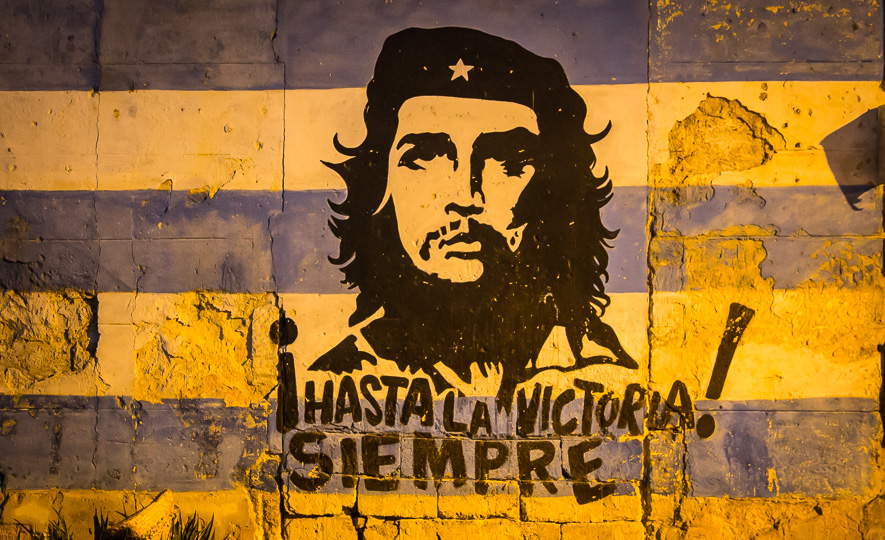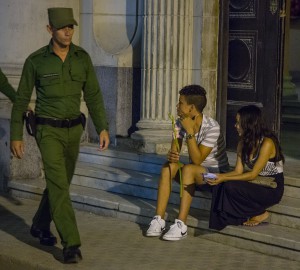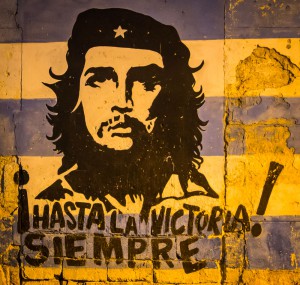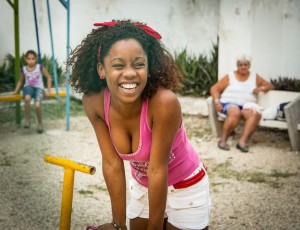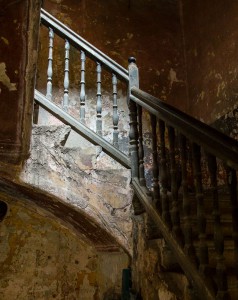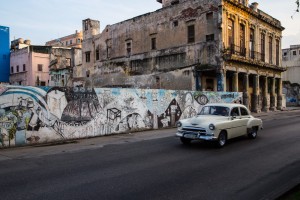“I must touch you here. Is OK?” asked the fetching Cuban officer in the arrival hall of Havana’s airport as she swept her hand toward my arms and chest. “Sì!”I replied without hesitation. I tried not to stare into her brown eyes as she ran her fingers across my upper body, gently probing my left chest for the implanted cardiac pacemaker which was the reason for my special attention. When she reached my belt line she used a handheld wand to scan down to my shoes. “Done,” she said and waved me on. “Bienvenidos a La Habana” read the sign. “Indeed,” I thought as I left the airport.
U.S authorities have long restricted her citizens’ travel to Cuba and at this date still do. Certain licensed tour operators lead “People to People Cultural Exchanges,” and, since I desperately needed a short escape from Sandpoint’s winter gloom, I signed up for a week in sunny Havana. We were fifteen amateur photographers teamed up with an American pro, four Cuban pros, and two “fixers” to help us explore all sides of the city and “exchange cultures” using our cameras.
On the drive into the city I noticed something missing: No billboards! Except for political ones: “The changes in Cuba are for MORE Socialism.” They weren’t sophisticated. “Until Victory! Always,” under the gaze of Che Guevara. “Revolution is defending our values at any sacrifice…” under a glowering image of Che. Over the next week I found Che everywhere—bumper stickers, posters, billboards, the sides of a bicycle rickshaw, but no Fidel or Raul Castro anywhere.
Our hotel was ideally situated for exploring Old Havana. We left it each morning in darkness, traveling quickly through different neighborhoods with one of the fixers or a Cuban photographer toward the harbor, the bay, or a famous monument. By dawn Leicas, Canons, and Nikons had scattered, their memory cards quickly filling with images of the city coming to life as their owners slowly made their way back to the hotel and breakfast.
Within a few days each of us became sufficiently familiar with the central city to walk anywhere at any hour. Photographers love the light at dawn and dusk; midday is an abomination unless it’s overcast. Middays were filled with unique indoor events meant to please a photographer—the ballet, two dance companies, an afternoon of boxing, a school for circus performers. Other hours were filled with street shooting—simply walking a neighborhood, shooting interesting people and scenes and striking up conversations.
Cultures differ in their acceptance of having their photo taken by a stranger. Some, especially Buddhists, welcome it. Others, such as East Germans, can become very testy. Yet others, like Mayans and some African tribes, positively forbid it. Cubans are generally agreeable, especially when they learn we’re from “Estados Unidos,” and even speak a little Spanish. Any objections are usually followed by a request for money. Payment transforms a cultural
interaction into a commercial one, so I rarely do it except by agreement and when the subject works for it. Example: One afternoon while street shooting with a Cuban photographer we slipped into an open courtyard of a crumbling building with weatherworn stairs leading to the second floor. It was a beautiful scene to photograph in the warm, but fading, afternoon light, yet we all agreed it needed a suitable subject descending the stairs. A block further we came upon a pretty muchacha of about fifteen selling license plates in a small shop. In a moment, and with her mother’s permission, we had her back on those stairs with shutters clicking at a furious rate. When finished, we passed the hat. She probably made a week’s wage in that half hour.
A half century of communist dictatorship has left much of the city in ruins. Collapsed buildings nestle between merely disintegrating ones still in use. Upon my remark that it looked like pictures of Dresden another photographer remarked “But with happy, healthy citizens in place of traumatized Dresdeners.”
Cubans come in all shades from darkest black to palest white and they seem to mix comfortably. This was evident in the mixed-race couples and neighborhoods everywhere. Most were eager to engage but reluctant to talk politics, whether from fear, language difficulties (my Spanish is meager), or lack of knowledge I do not know. Our first class international hotel had CNN from England but broadcast television in the homes we visited showed soap operas, propaganda, futbol, and beisbol. Nor was any newspaper to be seen save the Communist Party organ, Granma. My suggestion that I post a picture on Facebook was met with derisive laughter. Internet is a highly rationed commodity.
Cubans and Americans alike hope recent diplomatic moves will change restrictions on travel to Cuba. The Treasury Department has eased the paperwork required of licensees, but the speed and nature of future throttling of tourist traffic, by either side, is highly speculative. One thing is sure: Cuba does not have the tourist infrastructure—hotels, restaurants, rental cars, internet, credit cards—to handle a quick increase in numbers. Nor will their controlling style of governance permit them to fix those problems quickly. I will be watching the unfolding scene but I am pleased that I visited the island before the appearance of the first Starbucks.

